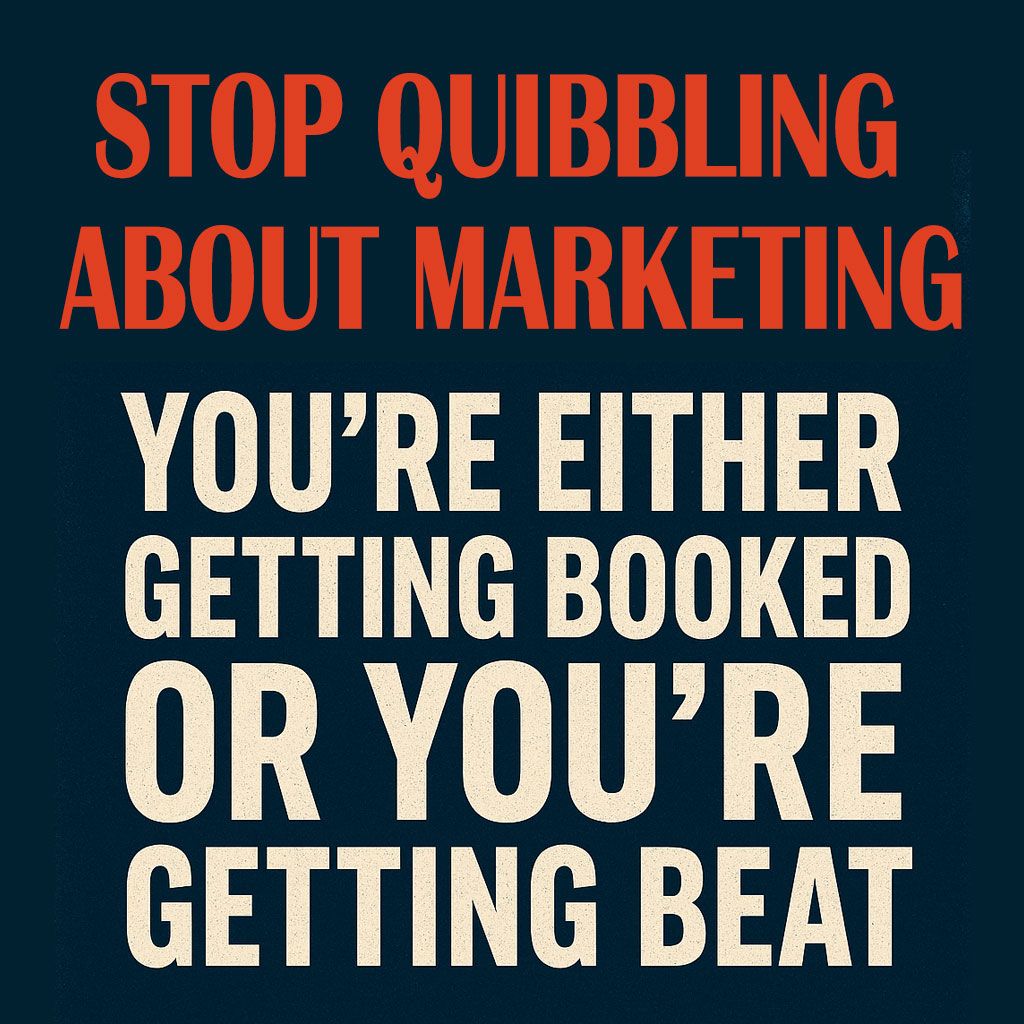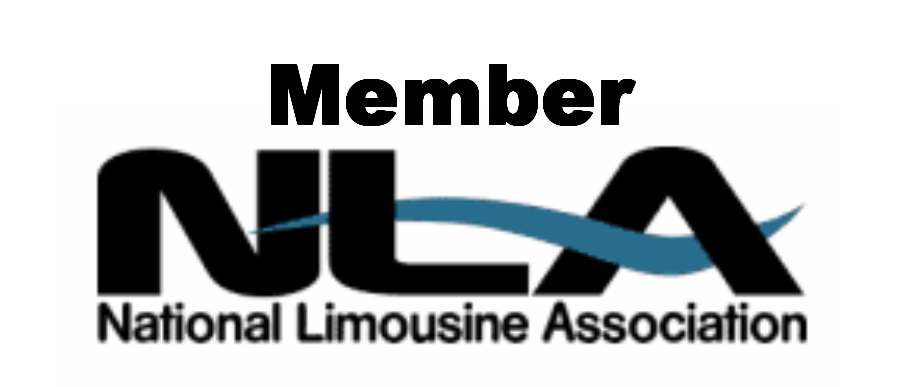5 Digital Marketing Best Practices for Automotive Retailers
Making your digital marketing act as a 24/7 employee creating leads
1. Establish Yourself as an Authority
For
most people, buying a car is a big deal. If you establish yourself
as an authority on the subject, then customers will come to you for help
and will trust what you have to say over your competitors. So how do
you build authority for a car dealership?
- Keep your website fresh and updated.
- Create engaging content that will be of interest to your customers.
- Provide resources and useful information throughout the client journey (at the dealership, on your website and on social media)
- have great customer service representatives as the face of your company.
2. Make Sure All Content Is Responsive and Mobile-Friendly
Did you know that nearly half of all consumers use smartphones when shopping for cars? This is important because if your website is not responsive and mobile-friendly, then consumers will find a dealership’s that is.
3. Personalize Your MarketingToday, there are so many analytics tools available that you can streamline your automotive dealership marketing based on the individual needs and likes of each consumer. For example, say you send out a monthly e-newsletter, five consumers immediately click the link to your SUV page. In the future, you can customize your car dealer digital marketing campaigns for those consumers by focusing on all things SUV related.
That’s just one way that car dealer online marketing tactics can be personalized for visitors.
4. Employ a Simple and Effective Call to ActionWhen it comes to cars, people love to browse. Your website and other online research pages such as Edmunds and KBB offer them the perfect opportunity to explore and dream about their ideal cars. When you add effective call to actions on your site, there is a good chance that you will convert browsers into potential customers. It's imperative that you have calls to action on your home page, landing pages, social media sites, and other auto dealer marketing assets.
The call to action doesn’t have to be simply for buying a car. Below are some other car dealership marketing ideas that you can create calsl to action for:
- Getting special offers
- Booking a service appointment
- Inquiring about parts cost and availability
- Contacting the dealership about trade-in options
- Requesting information about financing
This is a perfect way to gather leads when they sign up.
5. Take Advantage of Social Media
Social
media is an extremely misunderstood and underused tool for many car dealerships. There are plenty of ways you can work Facebook, Twitter, Instagram,
YouTube, and other sites to find and engage new as well as previous ones. Social sites are a great place to share information
about your brand, what’s on your
lot as well as engaging your readers with interesting/shareable content, fun
videos, and special offers. Just as important are social signals that take form as likes and retweets. These are used by Google’s algorithm to determine a website's ranking. The more you share and the wider your audience, the
better your website will rank.









